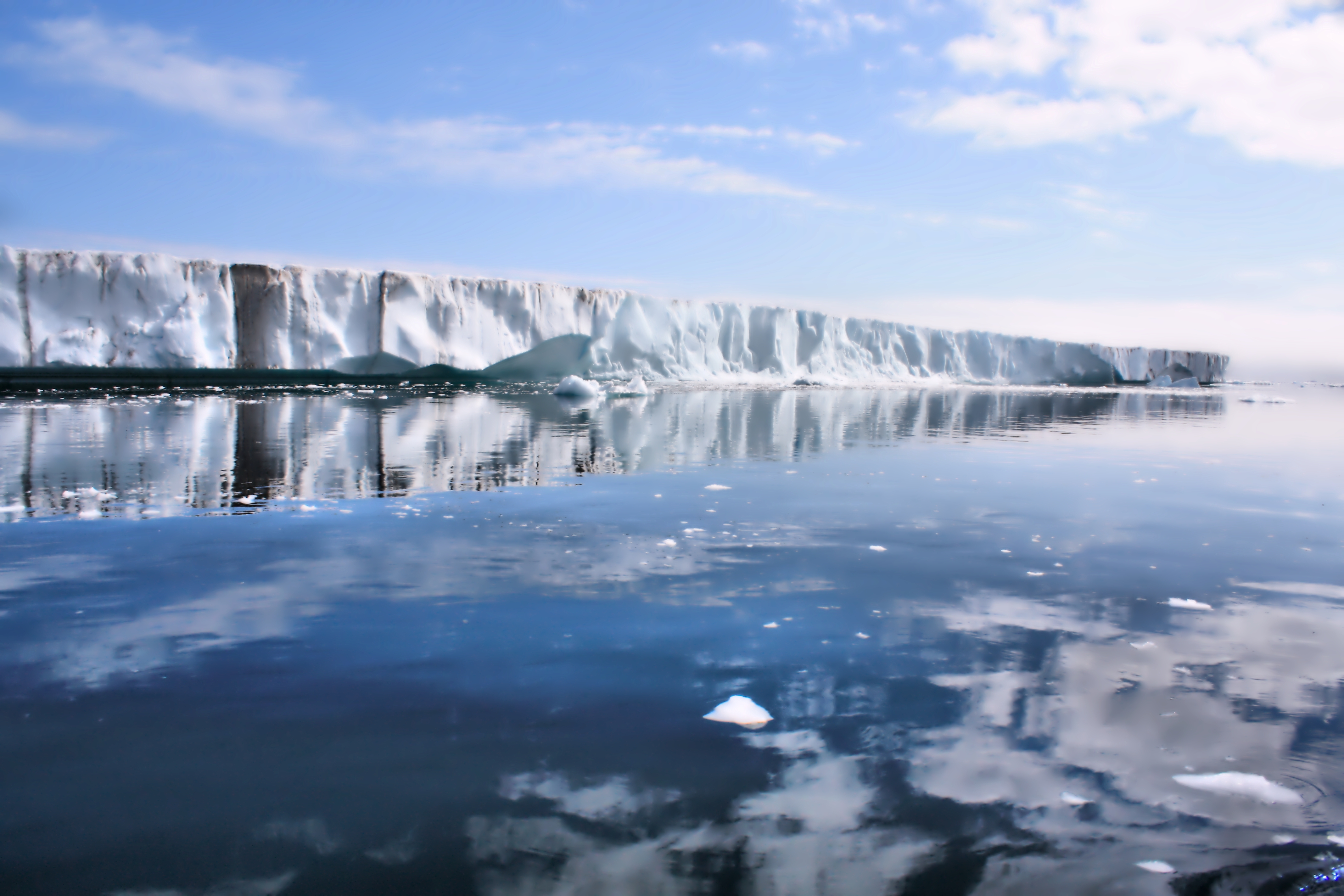Brand new research published today (Friday 27th June 2014) in the journal Nature Specific Reports has provided a major new theory on the cause of the ice age that engulfed large parts of the Northern Hemisphere 2.6 million years ago.
The study, which was co-authored by Dr Thomas Stevens, of the Department of Geography at Royal Holloway, University of London, discovered a previously unknown mechanism by which the joining of North and South America changed the salinity of the Pacific Ocean and caused substantial ice sheet growth across the Northern Hemisphere.
This change in salinity encouraged ice to form, which caused a change in wind patterns, leading to intensified monsoons. The monsoons provided moisture that enabled an increase in snowfall and the growth of major ice sheets, some reaching 3km thick.

The team of researchers analysed deposits of wind-blown dust known as red clay that accumulated between six million and two and half million years ago in north central China, adjacent to the Tibetan plateau, and used them to reconstruct changing monsoon precipitation and temperature.
“Until now, the cause of the Quaternary ice age had been a hotly debated topic”, said Dr Stevens. “Our findings suggest a significant link between ice sheet growth, the monsoon and the closing of the Panama Seaway, as North and South America drifted closer together. This provides us with a major new theory on the origins of the ice age, and ultimately our current climate system.”
Astonishingly, the research team discovered there was a strengthening of the monsoon during global cooling, rather than the intense rainfall that has usually been associated with warmer climates.
Dr Stevens added: “This led us to discover a previously unknown interaction between plate tectonic movements in the Americas and dramatic changes in global temperature. The intensified monsoons created a positive feedback cycle, promoting more global cooling, more sea ice and even stronger precipitation, culminating in the spread of huge glaciers across the Northern Hemisphere.”
Contributing Source: Royal Holloway, University of London
Header Image Source: WikiPedia




